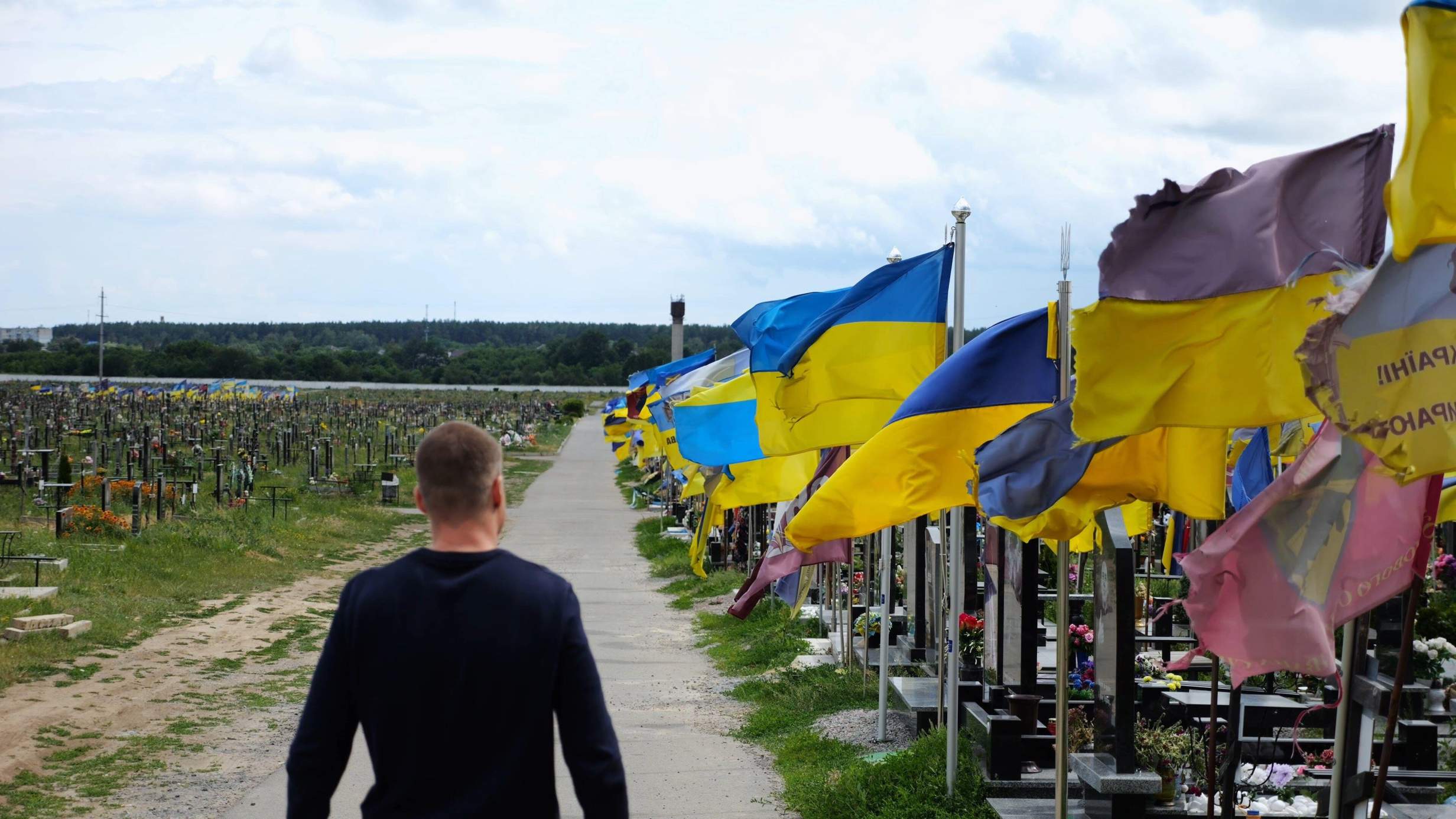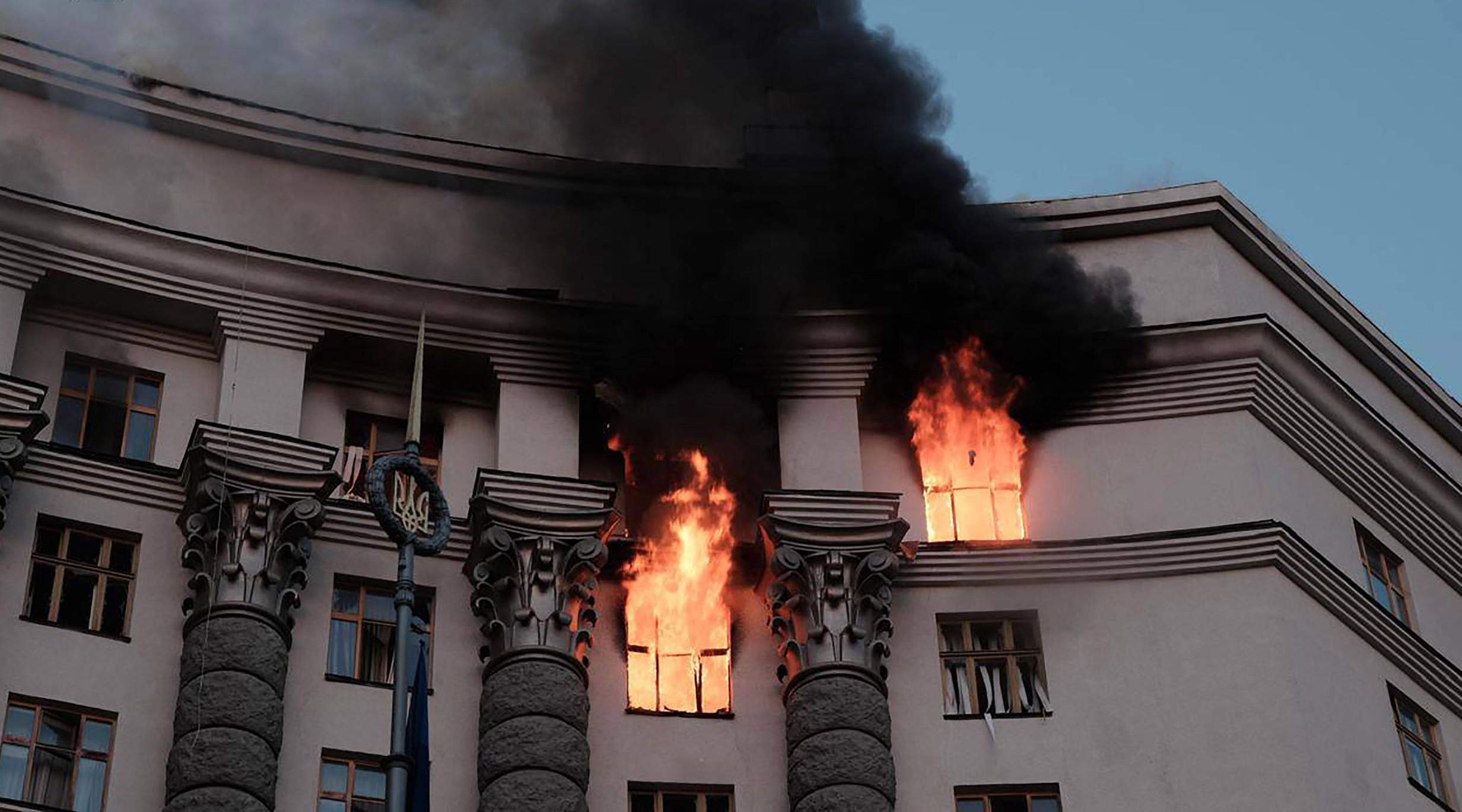Support our mission to provide fearless stories about and outside the media system
Read our
Digital / Print Editions
Packed with exclusive investigations, analysis, and features
Ukraine is facing one of its most precarious winters since the beginning of Russia’s full-scale invasion. Now entering its fourth cold season, with temperatures in some regions dropping to minus 20 degrees Celsius, Russia’s campaign of deep strikes against Ukraine has left structural scars on the country’s weakened energy system.
Strikes on gas fields, compressor stations and high-voltage substations have steadily eroded production and storage capacity. Domestic gas output, already reduced last year by attacks in the Poltava and Kharkiv regions, has yet to recover, while renewed strikes threaten a deepening energy crisis in the months ahead.
A System Under Siege
As of mid-2024, the Kyiv School of Economics estimated the direct losses to Ukraine’s energy sector as being more than $16 billion, with production and transmission assets suffering the heaviest damage. Underground storage in August stood at roughly 10–12 billion cubic metres, short of the 14 bcm regarded as the bare minimum for winter readiness. Analysts at ExPro say storage levels this summer reached their lowest point in 12 years. To close the gap, Kyiv may need to import up to two billion cubic metres of gas at short notice. Even then, officials warn that a severe cold spell or further Russian attacks could leave the country dangerously exposed.
Import routes between Hungary, Poland and Ukraine have also been disrupted by strikes, forcing Kyiv to rely more heavily on gas routed through Romania and European LNG terminals. That shift carries a steep price. Spot LNG sourced through European hubs comes with high premiums, especially in winter when competition intensifies. Reuters reporting suggests that covering the shortfall for basic heating alone could cost as much as $1 billion.
The Government and Naftogaz, Ukraine’s largest oil and gas supplier, plan to use state funds and donor-backed credit lines to buy gas from European partners, but the financial squeeze is severe. The World Bank’s latest Recovery and Reconstruction Needs Assessment identified a multibillion-dollar shortfall in energy financing for 2025, even before emergency gas purchases are factored in.
The difficulty Ukraine faces in keeping the lights on this winter underscores the impact of Washington’s withdrawal of USAID funding earlier this year. By the end of 2024, USAID had funnelled more than $40 billion to Ukraine, 90% of it in direct budget support used in large part to repair the country’s decimated energy infrastructure.
Infrastructure at Breaking Point
As of summer 2024, more than 70 percent of Ukraine’s thermal generation infrastructure had been destroyed, severely damaged or fallen under Russian control. The Zaporizhzhia nuclear power plant, which supplied about a quarter of Ukraine’s electricity before 2022, has been occupied ever since.
Ukraine’s emergency response systems have improved, with engineers finding workarounds, often rerouting power through modular substations and turbines. But the underlying problem remains the systematic destruction of key energy assets. Data from the Kyiv School of Economics indicates that damage to generation facilities, from thermal power stations to combined heat and power sites, represents the single largest category of infrastructure losses. While Ukraine has managed a fragile balancing act to keep the grid stable, restoration timelines are measured in months or years, and there is little opportunity to attempt full reconstruction while attacks continue.
ENJOYING THIS ARTICLE? HELP US TO PRODUCE MORE
Receive the monthly Byline Times newspaper and help to support fearless, independent journalism that breaks stories, shapes the agenda and holds power to account.
We’re not funded by a billionaire oligarch or an offshore hedge-fund. We rely on our readers to fund our journalism. If you like what we do, please subscribe.
Over the summer, Russia continued to batter Ukrainian industrial and energy infrastructure with overnight air raids. According to Government figures, between January and September this year, it launched nine times as many drones as during the same period the year before. Russia’s campaign against Ukrainian infrastructure has grown increasingly indiscriminate. At the end of September, it shelled a substation in Slavutych that powers the Chernobyl nuclear complex, forcing the New Safe Confinement structure, the sarcophagus sealing Reactor 4, to rely on diesel generators for several days.
International donors have begun channelling funds toward long-term reconstruction and renewable diversification, but most of that support is not earmarked for short-term gas purchases required to keep Ukraine running through the winter. Naftogaz has lobbied for early disbursement of aid under new EU energy security programmes, arguing that timely procurement now could save both money and lives. But donor fatigue, shifting priorities and the growing burden on Europe to support Ukraine threaten to delay or dilute that assistance.
The Human Cost of a Heating Deficit
The effects of energy shortages in Ukraine are not evenly distributed. Urban centres like Kyiv and parts of western Ukraine, which face fewer and more sporadic attacks, often have better access to backup generation and more modern infrastructure. Rural and frontline communities remain acutely vulnerable. Already facing food and water shortages, an energy deficit could compound the crisis for the 9.9 million people in Ukraine the Norwegian Refugee Council says need humanitarian aid.
With gas reserves so low, even a shortfall of a few billion cubic metres could trigger rationing decisions over which regions stay warm, which factories operate and which hospitals receive power. Medical facilities in the east are a particular concern. Tens of thousands of civilians have been killed or injured, and the growing use of first-person-view drones and “kill zones” extending up to 60 kilometres from the front line have strained both civilian and military hospitals.
For ordinary Ukrainians, particularly in the north and east, the numbers translate into anxious questions: Will the lights stay on? Will the heating work? Having faced blackouts lasting up to 18 hours in some regions last winter, they know all too well the risk the fragility of Ukraine’s energy system poses. As temperatures fall and strikes on the grid escalate, Kyiv faces another winter of hardship and hard choices. Once again, the cost will fall most heavily on those with the least to spare.


